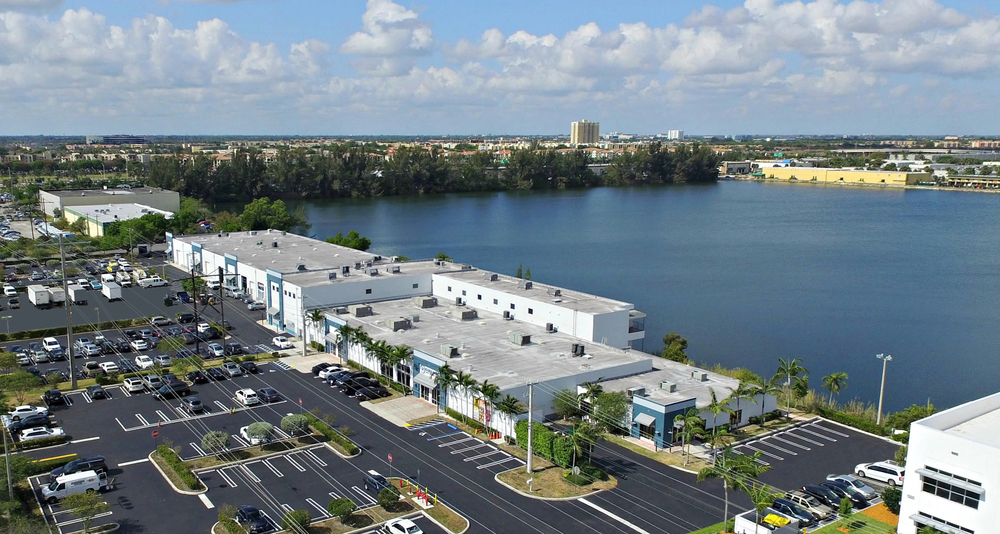The Department of Homeland Security has released new rules for the EB-5 Immigrant Investor Program that is sending shockwaves through the South Florida real estate community.
As previously reported, the EB-5 program provides foreign investors with a path to citizenship through real estate investments. It has been a large factor in our region’s continuing growth. Until now, the minimum buy-in for an EB-5 investment was $500,000. The new rule, overseen by U.S. Citizenship and Immigration Services (USCIS), has nearly doubled that amount to $900K.
This new limit will become effective on November 21, 2019, and experts are already predicting that it will create an immediate run on investors trying to get in before the price raise. The program will likely remain in demand after the deadline, but investment volume is predicted to slow.
Since its creation in the early 90s, foreign investors have used the EB-5 program as a path to green cards, generating large swaths of real estate developments as well as a fair share of controversy: some see it as a means for the wealthy to “buy” their way to citizenship. Many stakeholders have sought to reform the system, and the USCIS agency has been working on this ruling for years.
[su_pullquote]”Miami, more than many other market, has always benefited from the EB-5 program.” – Edison Vasquez, ComReal[/su_pullquote]
EB-5 funding has been behind many of our region’s biggest projects, but there are two aspects of the new rule that will likely have a big impact on developers. First, the Department of Homeland Security will be stepping in to designate TEAs (targeted employment areas) where investors need to put up only half of the normal investment amount. “These revisions will help ensure TEA designations are done fairly and consistently, and more closely adhere to congressional intent to direct investment to areas most in need,” agency officials stated. Minimum investment amounts will be raised from $1M to $1.8M, or from $500K to $900 in a TEA. Minimum investment amounts will also begin automatically adjusting for inflation every five years.
“The program has drifted away from Congress’s intent,” said USCIS Acting Director Ken Cuccinelli. “Our reforms increase the investment level to account for inflation over the past three decades and substantially restrict the possibility of gerrymandering to ensure that the reduced investment amount is reserved for rural and high-unemployment areas most in need,” he said.
This is the first significant revision of the program since 1993. While this change will undoubtedly generate a smaller pool of applicants, it will also mean that fewer investors will be needed on each project.
“Miami, more than many other market, has always benefited from the EB-5 program,” says Edison Vasquez, CCIM, Managing Member of ComReal Doral. “Here in Miami, everything from hotels to warehouses are financed by EB-5 investment. This higher requirement might slow some projects on the pipeline; however, in the long term, there will still be high demand from foreign investors through EB-5 program”
We will continue to keep you abreast of new developments as they come.
Be sure to watch this space for all of the latest South Florida Commercial Real Estate news.



